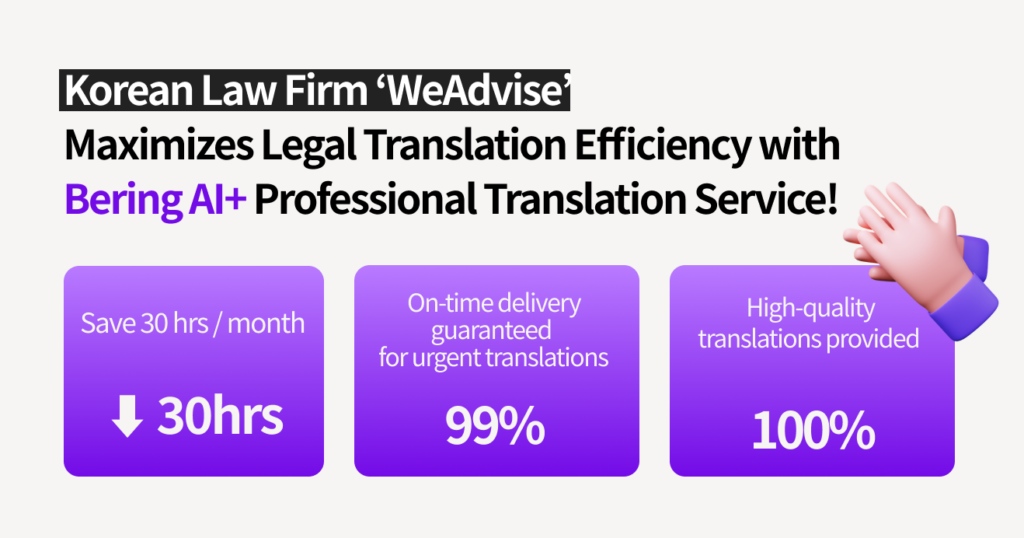As we enter the era of AI, a significant shift is observed in foreign or bilingual language learning. Not only in Korea but across various Asian countries, the importance of language due to a multicultural society and bilingual education is increasing. Consequently, many modern individuals are becoming proficient in a second or even third language, leading to a rise in aspiring translators and interpreters.😎
Despite the accuracy and efficiency improvements brought about by AI translation technology, the detailed and cultural aspects of language transformation still largely fall to human translators and interpreters. This is particularly true in the field of intellectual property and patent translation, a sector that prospective translators might find intriguing to explore.
✅ Patent translation is known to have a high entry barrier compared to other types of translation because it requires engineering knowledge, legal awareness, and superior language skills. However, having a STEM background is advantageous but not mandatory for patent translation. The most critical aspect is thoroughly understanding the source language and content to accurately translate into the target language, making ‘language ability’ paramount.
Given that many cases require referencing prior technological documents, translation is a field accessible to graduates from both humanities and STEM fields, as long as it suits their aptitude.
Most companies proceed with patent filings through ‘patent firms,‘ making these firms the most frequent executors of patent translation tasks. Whether as in-house or freelance contract translators, starting work in the incoming department of a patent firm is possible, and there’s significant demand for new recruits who can build their careers from scratch, even if they prefer experienced hires. In fact, many translators working as patent specialists in patent firms did not start with backgrounds in natural sciences or translation studies.
The reasons many aspiring translators prefer patent translation include the ability to work consistently without age limits if they are skilled, the flexibility to manage their schedules for long-term specification translations, enabling workcations or a free working style, and the necessity to translate according to patent translation guidelines in a unique tone, making it an irreplaceable task. As long as technological advancements continue, the demand for patent translation will remain, making it an increasingly attractive field.
BeringLab owns an AI translation engine for ‘patent translation,’ actively used by ‘patent translation specialists’ for preliminary translations. Utilize the BeringAI patent translation engine to maximize the productivity of your patent translations. 🚀 Official document translation requests for ‘patent translation’ are also provided through BeringAI+ service, three times faster and 40% cheaper. Experience the higher accuracy and quality of BeringLab, vetted by experts!


